- Confident
- Not trendy
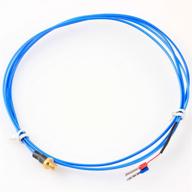
3
·
Very good

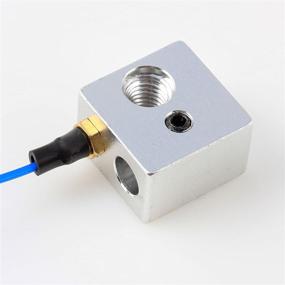

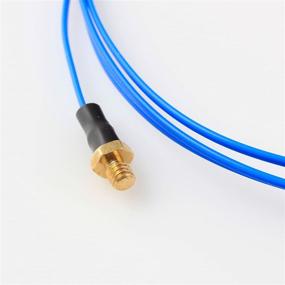
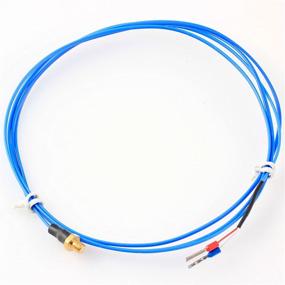
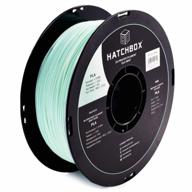
HATCHBOX 1.75 Mm Mint PLA 3D Printer Filament, Dimensional Accuracy +/- 0.03Mm, 1 Kg Spool

35 Review
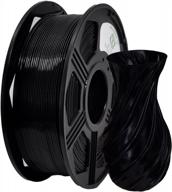
YOYI 3D Printer Filament - PETG 1.75Mm 2.2Lbs(1Kg) Spool, High Accuracy +/- 0.03 Mm, 100% New Raw Material!

32 Review
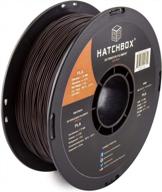
Hatchbox Brown PLA Filament For Precise 3D Printing - 1KG Spool With +/- 0.03Mm Accuracy

22 Review
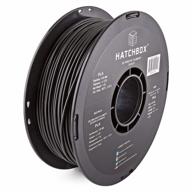
Premium Quality Black HATCHBOX PLA 3D Printer Filament With High Dimensional Accuracy - 1 Kg Spool, 3.00 Mm

37 Review
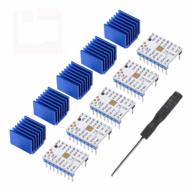
Pack Of 5 TMC2208 Stepper Motor Drivers For 3D Printers, DORHEA V1.2 Module With Heat Sink And Screwdriver For RepRap, RAMPS1.4, MKS, Prusa I3, Ender-3 Pro Controller Boards

19 Review
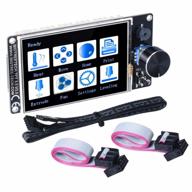
BIGTREETECH TFT35 V3.0.1 Graphic Smart Display Controller Board For 3D Printer Ramps 1.4 RepRap 3D Printer Can Select Two Work Modes

13 Review
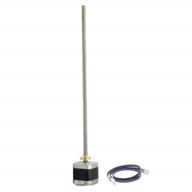
Iverntech NEMA 17 Stepper Motor With Integrated 350Mm T8 Lead Screw: The Ultimate Solution For Precise Z Axis Movement In 3D Printing And CNC Machining

6 Review
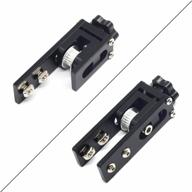
Befenybay 2020 Upgrade: X-Axis Synchronous Belt Tensioner For Creality Ender-3/Ender3 Pro/Ender3 V2/CR-10/CR-10 V2/CR-10 V3/CR-20 Pro –Straighten And Stretch For Enhanced Performance

50 Review
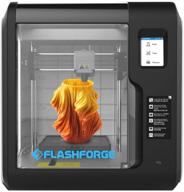
Flashforge Adventurer 3D Printer with Detachable Precision Leveling System

6 Review

🔵 IFUN 3D Rapid Resin - Low Odor Photopolymer Resin for 405nm LCD 3D Printer - Fast Curing, Standard Rigid Formula - Sky Blue, 500g

5 Review

UV Curing Standard Photopolymer Printer by IFUN

5 Review

🖨️ FLASHFORGE Adventurer: Enhanced 3D Printer with Removable Extruders and Monitoring Features

4 Review